The PGA Tour is under fire for what many players call a “flat-out wrong” direction. From reducing field sizes to shrinking the player pipeline, critics like Brandel Chamblee say the Tour is sacrificing its future for profit. Is the new CEO Brian Rolapp saving the Tour—or slowly breaking it?
#PGATour #GolfNews #BrandelChamblee #LucasGlover #BrianRolapp #GolfControversy #SignatureEvents #LIVGolf
PGA Tour faces backlash. Why players say it’s flatout wrong? When Lucas Glover spoke up recently, he didn’t hold back. We’re the only sport that decreased the number of teams or players. Every other sport has expanded their playoffs or fields, he said. And that one sentence perfectly sums up what’s brewing inside the PGA Tour right now. Frustration. Starting in 2026, the tour plans to reduce field sizes in hopes of improving the pace of play. But for many pros, this move could do the exact opposite. Hurt their careers and shrink opportunities. The policy was put in place under Jay Monahan. And even after Brian Rolap took over as CEO, nothing has changed. That’s what worries golf analyst Brindle Shambbley, who believes the tour might be heading down a dangerous path. During a recent chat with Trey Wingo on YouTube, Shambbley discussed everything from Donald Trump’s LIV golf opinions to how Phil Mickelson may have influenced John Rom’s move to the Saudi backed league. But when the talk shifted to the PGA Tour’s future, things got serious. Shambbley praised Rolap’s business smarts, noting how he helped grow the NFL’s streaming presence and profitability. I think the PGA Tour will experiment with simultaneously casting events, he said. These people are incredibly smart. I think they’ll try to maximize profit. And he’s right. Rolap’s every move seems calculated. From reducing pension funds for PGA Tour champions to avoiding the SSG investment money and downplaying merger talks, it’s clear the new CEO is trying to stabilize the business first. But Shambble’s biggest concern that in the process, the tour might sacrifice its player pipeline. the very system that develops stars and supports charity initiatives tied to golf’s legacy. If LIIV ends up destroying the pipeline that builds stars, he warned, then you can’t really say it’s good for the PGA Tour. And there’s more trouble ahead. I in 2026 only the top 20 players from the corn ferry tour will earn PGA Tour cards, a major cut from previous years just to make room for smaller PGA Tour fields. Then there’s the growing backlash against signature events, the tours elite tournaments featuring limited fields and no cuts. Shambbley didn’t sugarcoat his take. This idea that we need more shortened events with elite fields is just flatout wrong. He said, “You show up and there are maybe two or three guys on the range, not 10 or 15. That’s not the energy you want on a tour stop.” And he has a point. Aside from stars like Scotty Sheoffller and Rory Mroy, no one really drives huge ratings. When those two skip an event, the broadcast loses its spark and fans notice. Shambbley believes the fix is simple. Go bigger, not smaller. The best golf comes from large fields, he argued. The difference between the best and the rest is only two to 3%. Out of 120 players, five or six will have the week of their lives. That’s what creates real drama. Shrinking the fields, he says, is like letting the inmates run the asylum. It may cater to the top names, but it kills the competition, the excitement, and the tour’s identity. As the PGA tour reshapes its future under Brian Rolap, the question remains, will the focus on profit and control come at the cost of the sports soul?

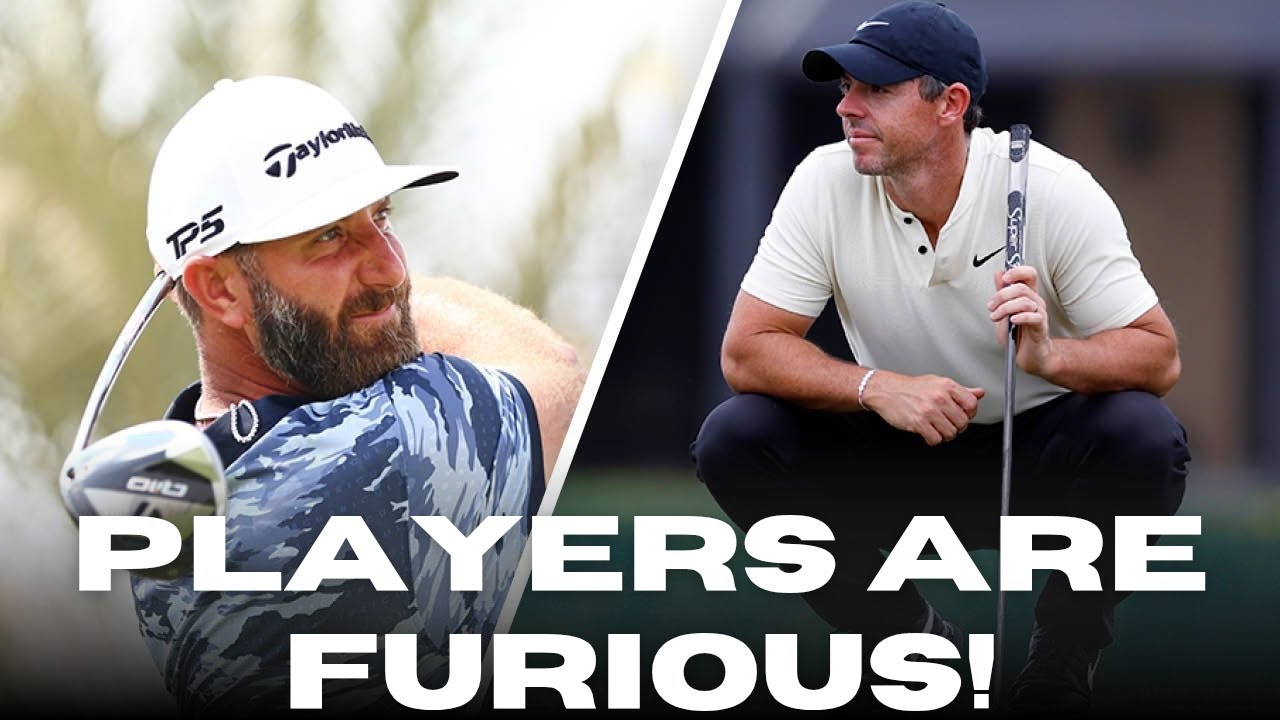
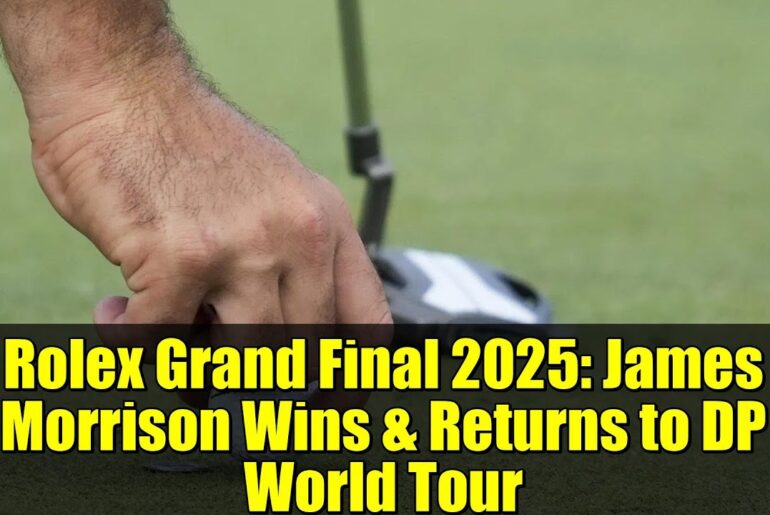


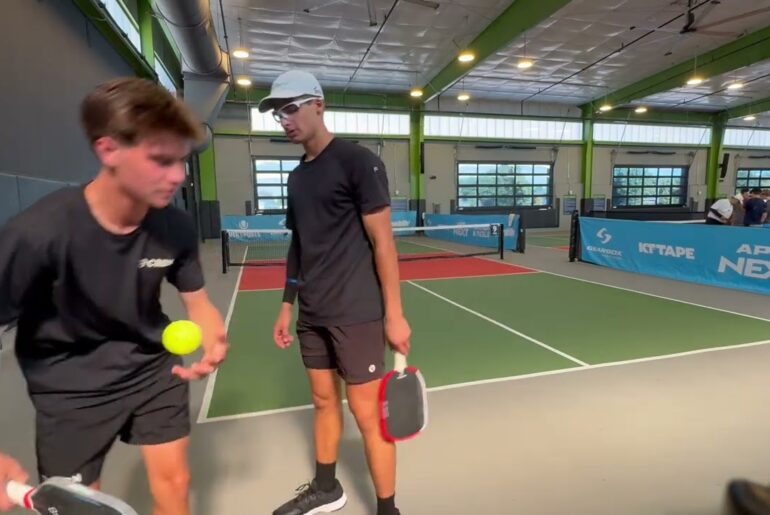
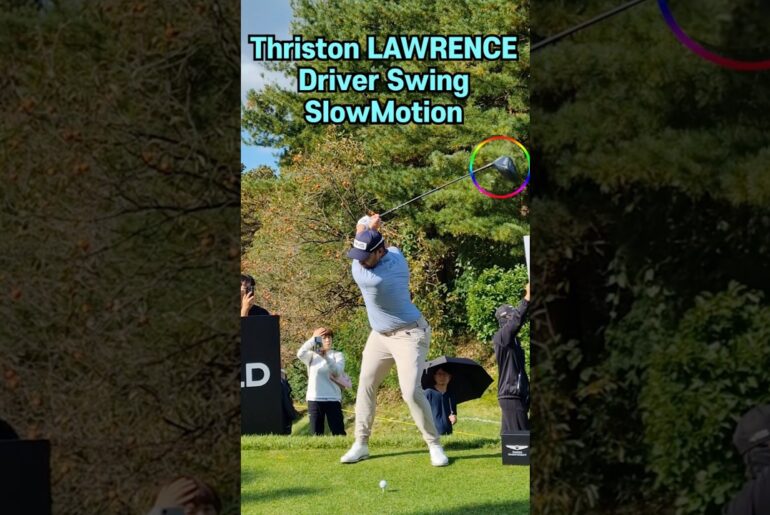
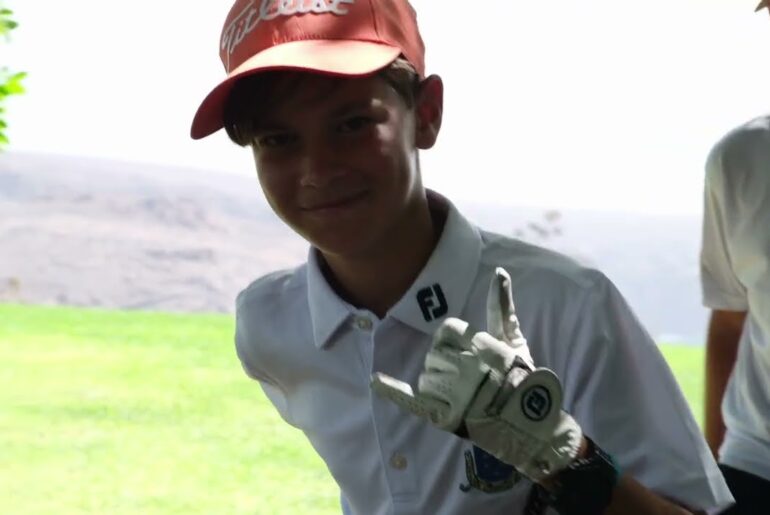
1 Comment
ai generated bumff.